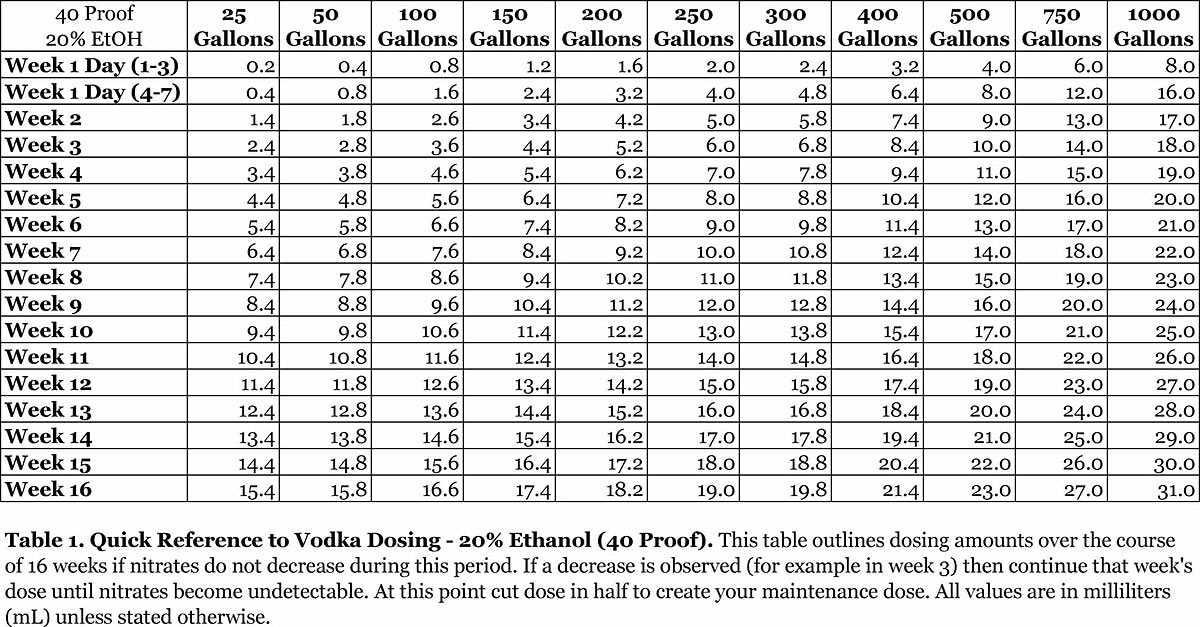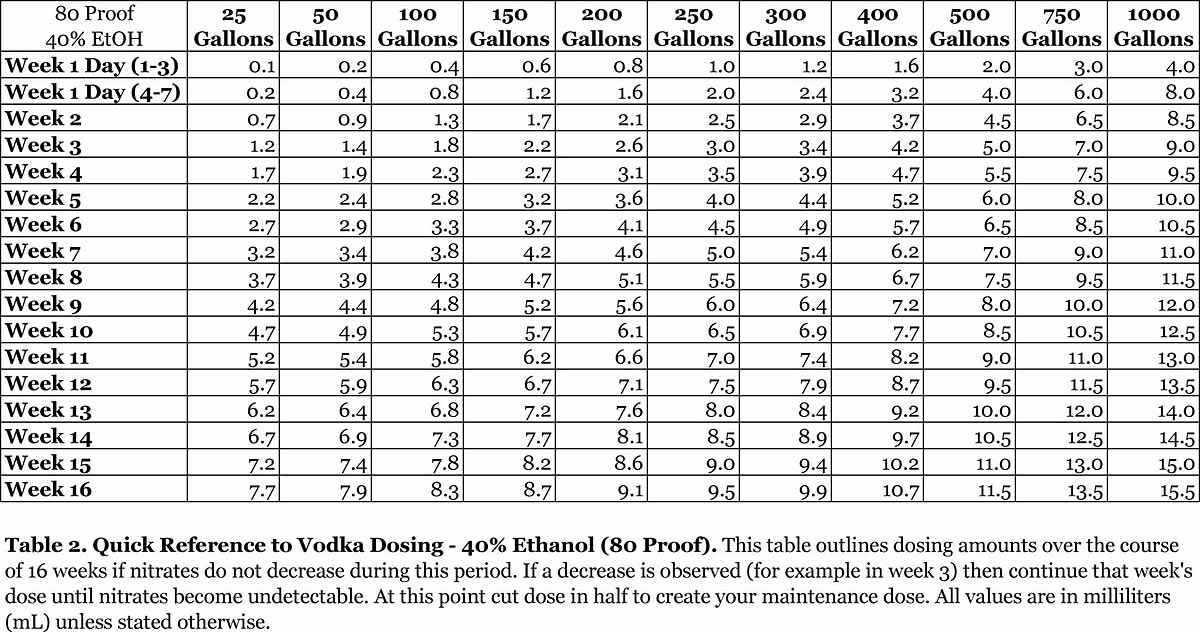SunnyX
New member
<a href=showthread.php?s=&postid=15433426#post15433426 target=_blank>Originally posted</a> by mg426
Any suggestions ?????
Hello
I would turn off the GFO and start up with MB7 bacteria dosing for at at least one week, preferably two weeks. From my own experiences and those of others dosing vodka I have come to the conclusion that bacteria is necessary in order to get the most out of the system and to offset problems such as red cyano.
Keep an eye on your DSB as some have reported issues with DSB's and "Zeo" style systems. If possible, you may be better off simply removing the remote DSB all together.
Do you have any sand in the main display?


